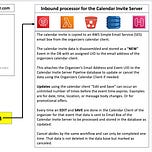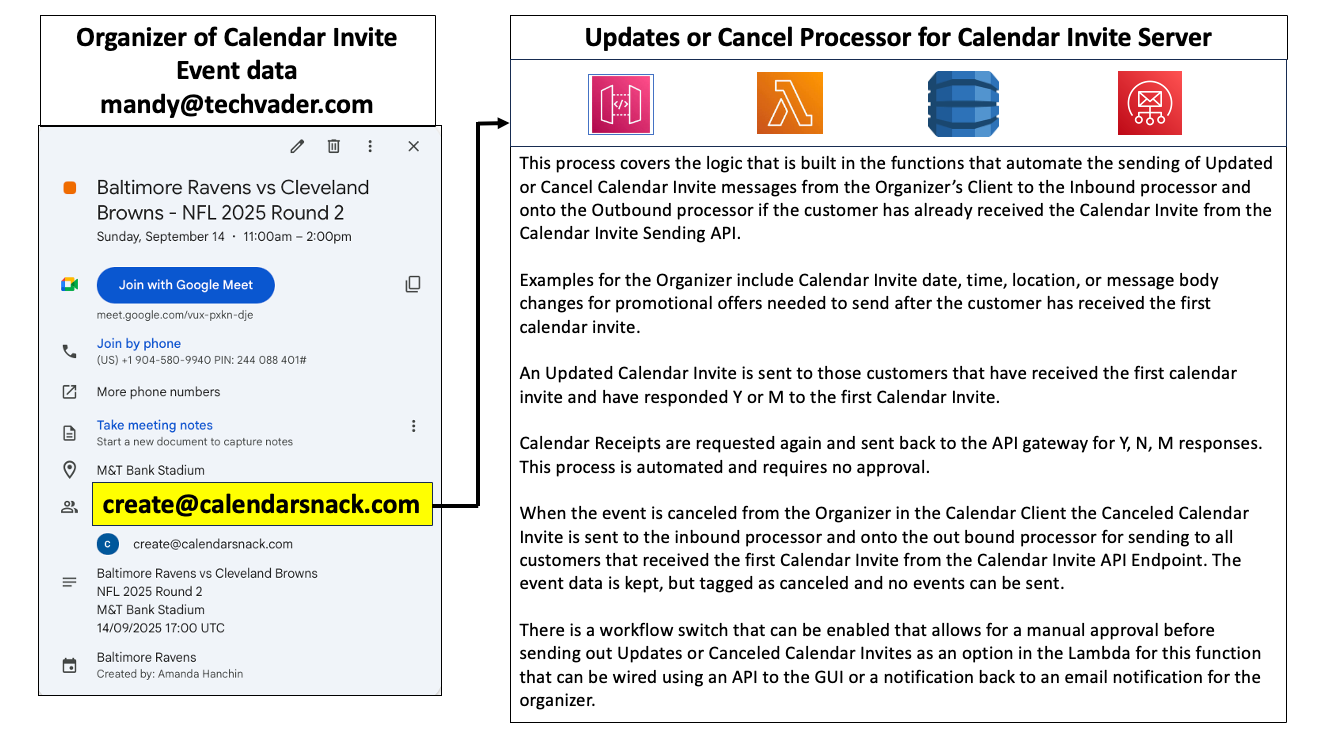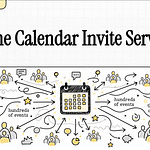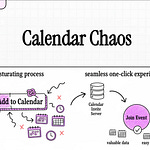1. What is the fundamental problem that the Calendar Invite Server aims to solve?
The Calendar Invite Server is designed to automate and streamline the process of managing and sending calendar invitations, particularly for large-scale events, promotional offers, or recurring schedules, such as sports games. It addresses the challenges of efficiently sending initial invitations, handling updates, and processing cancellations, especially when dealing with a large number of recipients and various distribution channels, such as web pages, RSVP buttons, or bulk email lists.
2. How does the "inbound processor" function within the Calendar Invite Server architecture?
The inbound processor is the first step in the Calendar Invite Server's workflow. It receives calendar invite data from an organizer's calendar client (like Google Calendar) by having the organizer forward or copy the event to a dedicated email address, such as crate@calnack.com. This email acts as a gateway where the calendar data is "disassembled," stored as a new event in a database, and assigned a unique ID (UID). This process links the organizer's email address to the event's UID, enabling future updates or cancellations of that specific event directly from the organizer's calendar client.
3. What are the key functionalities of the "outbound processor," and how does it utilize the Calendar Invite Send API?
The outbound processor is responsible for sending out calendar invites. It leverages an embedded Calendar Invite Send API endpoint, which can be integrated into various automation use cases. Examples include embedding invites into RSVP buttons (e.g., Mailchimp), sports schedule web pages, or graphical user interface (GUI) pickers for bulk sending. When a recipient's email is provided (e.g., by entering it into a web form or being part of a bulk list), the API matches it with the event's UID, reassembles the calendar invite data from the database, and sends it out. The outbound processor also requests and collects calendar receipts (yes, no, maybe responses) from customers' calendar clients for analytics and decision-making.
4. How does the Calendar Invite Server handle updates and cancellations of events, particularly after an invite has been sent to customers?
The update or cancel processor automates the sending of updated or canceled calendar invites. When an organizer modifies or cancels an event in their calendar client (e.g., changing date, time, location, or message body, or outright canceling), this information is sent to the inbound processor. If customers have already received the initial invite, the system's decision logic determines whether to send an update. Typically, updates are sent to customers who have responded "yes" or "maybe" to the original invite. For cancellations, the event data is marked as "canceled" in the database, and a cancellation invite is sent to all relevant recipients. The system can be configured for automatic updates/cancellations or can include an optional manual approval workflow before sending these out.
5. What role does a UID (Unique Identifier) play in the Calendar Invite Server's functionality?
A UID is crucial for uniquely identifying each event within the Calendar Invite Server's database. When an organizer first sends an event to the inbound processor, a UID is assigned. This UID is then matched and attached to the organizer's email address, becoming the key for managing that specific event. It allows the system to link subsequent updates or cancellations from the organizer's calendar client to the correct event, ensuring that changes are accurately reflected and that the outbound processor can reassemble and send the correct invite data.
6. How does the Calendar Invite Server collect and utilize calendar receipts?
The Calendar Invite Server collects calendar responses (such as "yes," "no," or "maybe") from customers' calendar clients after an invitation has been sent. These receipts are sent back to an API gateway, stored in S3, and then processed into DynamoDB. This data is vital for analytics and decision-making, particularly for the update or cancel processor. For instance, the system uses these responses to determine which recipients should receive updated invites, ensuring that only engaged attendees (those who said "yes" or "maybe") are bothered with subsequent notifications.
7. Can the sending of updated or canceled invites be manually approved, or is it always automated?
While the process of sending updated or canceled calendar invites is automated mainly by default, the Calendar Invite Server offers a workflow switch that allows for manual approval. This option can be enabled within a Lambda function and wired to an API, GUI, or email notification. This means an organizer could receive a notification and then manually approve or deny the sending of an updated or canceled invite, providing a critical control point for crucial communications, especially with large communities of recipients.
8. What kind of applications or use cases benefit most from the Calendar Invite Server technology?
The Calendar Invite Server is particularly well-suited for applications involving:
Large-scale event management: Automating invites for numerous attendees for events like sports games or conferences.
Promotional campaigns: Embedding calendar invites into marketing materials, such as Mailchimp campaigns or website offers.
Recurring schedules: Managing and updating schedules for things like sports seasons.
Bulk sending: Sending invites to an extensive list of recipients using a GUI picker.
Dynamic event information: When event details (date, time, location, message body) are likely to change and require automated updates to attendees.















